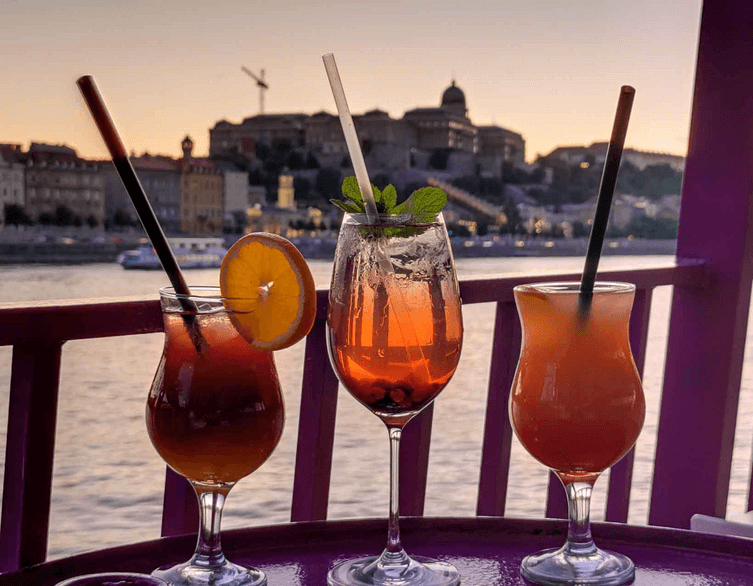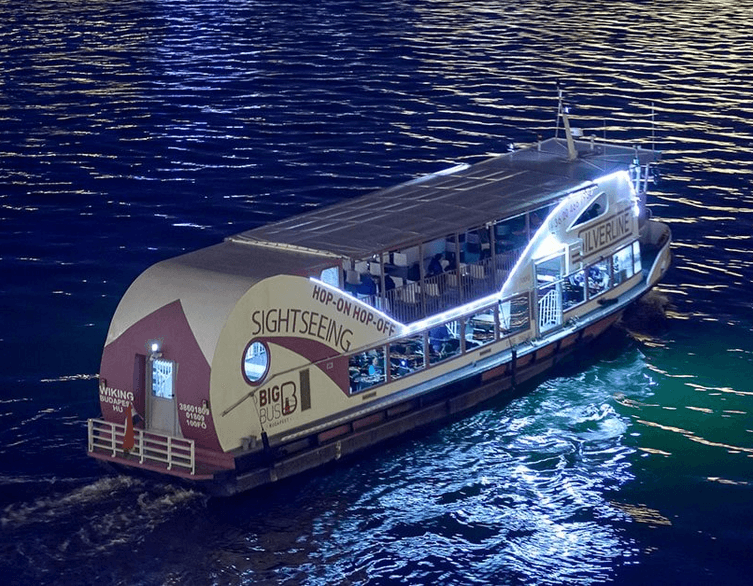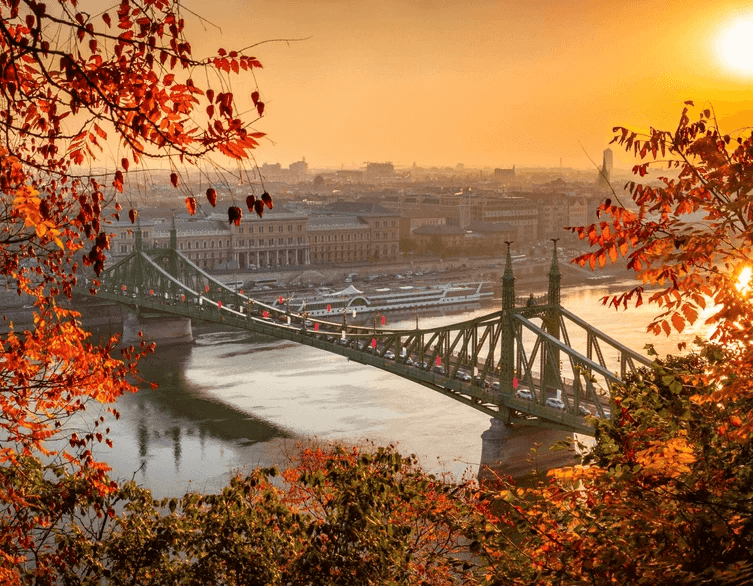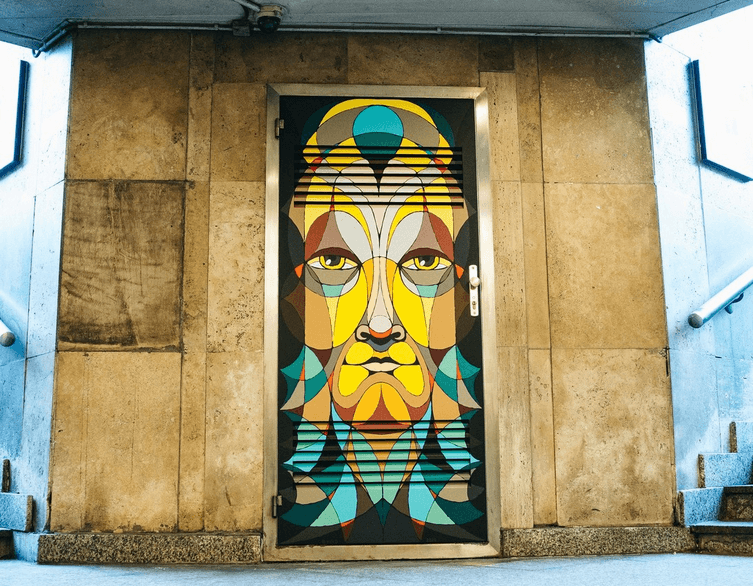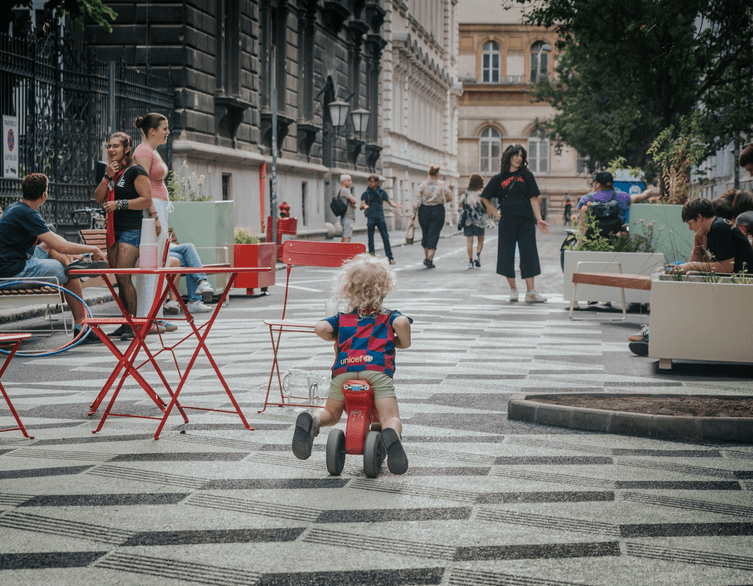This Budapest Neighborhood Just Turned Ugly Electrical Boxes Into the Cutest Art Installation Ever
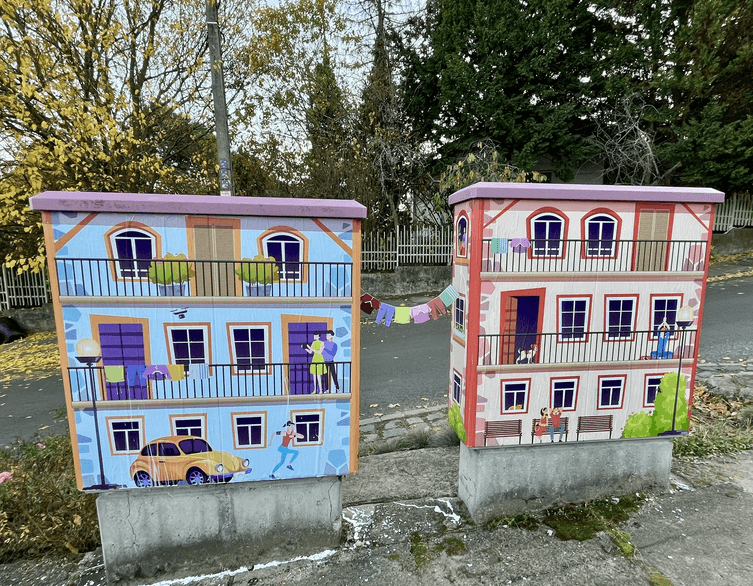
Let’s talk about something you’ve probably never given a second thought to: electrical boxes. You know the ones—those squat, brutish metal boxes lurking on street corners like urban trolls, covered in graffiti that’s somehow both aggressive and boring at the same time. They’re the kind of eyesore that’s so ubiquitous in cities that we’ve collectively decided to pretend they don’t exist, averting our eyes as we walk past.
Well, the 12th district of Budapest just decided to stop pretending, and what they did about it is honestly delightful.
When Urban Furniture Becomes an Eyesore Convention
Picture the scene at the intersection of Dobsinai, Mártonhegyi, and Nárcisz streets in Hegyvidék (which translates charmingly to “Mountain District”). This little traffic island had basically become an exhibition of urban neglect. Cracked concrete slabs with weeds poking through like they were staging a prison break. Spilled paint that had dried into permanent abstract art nobody asked for. A fire hydrant doing its best to follow regulations by being regulation-boring red. And the pièce de résistance: two electrical boxes sitting on grimy pedestals, covered in random scribbles, looking like they’d given up on life entirely.
The whole setup screamed “nobody cares about this place,” which is particularly sad when you consider it’s just a traffic island—a piece of urban planning that exists purely because cars need somewhere not to crash into each other. Zero function beyond “don’t run over this bit,” and zero aesthetic appeal. Talk about being dealt a bad hand from the start.
Enter the Dog Party (Yes, Really)
Now here’s where it gets interesting. Budapest’s 12th district government could have just shrugged and moved on—after all, there’s always some bigger crisis demanding attention. But instead, they decided to do something about it, and they had some unlikely allies: the local chapter of the Hungarian Two-Tailed Dog Party.
Best deals of Budapest
Before you ask, yes, that’s a real political party, and yes, they’re as wonderfully weird as they sound. The MKKP (their Hungarian acronym) are basically political satirists who somehow became actual politicians, and their district-level members have made it their mission to beautify neglected corners of Budapest. They’re the kind of people who see a broken bench or crumbling bus stop and think “I could fix that” instead of just complaining about it on Facebook.
These civic-minded beautifiers asked for and received permission from Telekom—the company presumably responsible for the boxes and their soul-crushing uniformity—to transform the electrical cabinets. This is important because it means everything was done completely legally, which probably disappointed anyone hoping for a guerrilla art drama.
Houses, Bicycles, and Maximum Cuteness
So what did they paint? Instead of going for edgy street art or abstract patterns, they went full wholesome. The two boxes got transformed into charming little apartment buildings, complete with circular balconies, windows with residents peeking out, a cyclist cruising by, and even a small dog making an appearance (naturally, given the party’s name). Between the two “houses,” they painted a clothesline with laundry flapping in the breeze, adding a touch of everyday domestic life to what was previously just an ugly box storing cables and switches.
It’s the kind of art that makes you smile without trying too hard. There’s something genuinely sweet about turning infrastructure into a miniature neighborhood scene, like someone decided the boxes deserved to dream about being something more than just utility objects. The artists maximized what they’re calling the “cuteness factor,” and honestly, they succeeded.
Bureaucracy Meets Street Art
Here’s a detail that perfectly captures the absurdity of urban life: while the artists were outside painting the boxes, someone filed a complaint with the local government demanding they do something about the ugly electrical boxes at that intersection. The universe’s timing is impeccable sometimes.
The whole project represents a beautiful collision between official channels and grassroots action. The district government made the decision to tackle the aesthetic problem, the Dog Party volunteers brought the enthusiasm and artistic vision, and Telekom gave the green light. It’s urban improvement by committee, except the committee actually accomplished something charming instead of drowning in paperwork.
Why This Matters to Visitors
If you’re planning a trip to Budapest and thinking “why should I care about painted electrical boxes in some residential district?”—fair question. But here’s the thing: these little acts of urban beautification tell you something important about the city you’re visiting. Budapest isn’t just the grand buildings and famous thermal baths. It’s also a place where local governments and activist-artists team up to make forgotten corners of the city less depressing.
The 12th district sits in the Buda hills, away from the main tourist circuit. It’s residential, quieter, and less flashy than downtown Pest. But it’s these neighborhoods where actual Budapestians live their lives, and seeing that locals care enough to paint cheerful scenes on utility boxes suggests a city that values quality of life in the everyday spaces, not just the postcard-perfect ones.
Budapest’s Street Art Scene
This electrical box makeover is part of a broader street art culture thriving in Budapest. While you’re wandering the city, you’ll notice murals, stencils, paste-ups, and creative interventions all over the place—especially in districts like the 7th and 8th, where the Jewish Quarter’s ruin bars and alternative culture have created a canvas for artists.
Unlike some cities where street art exists in constant tension with authorities, Budapest has found ways to channel creative energy into sanctioned projects that genuinely improve public spaces. Sometimes that means massive murals on building sides, and sometimes it means turning electrical boxes into tiny apartment buildings with clotheslines.
The Bigger Picture
There’s something quietly revolutionary about refusing to accept that public infrastructure has to be ugly. Fire hydrants have regulations to follow (hence the boring red), but nobody said electrical boxes storing cables and switches need to look like punishment. They could be anything—canvases, sculptures, landmarks, conversation starters.
The hope now is that vandals and wild boars (yes, Budapest has those, particularly in the hillier districts) will leave the artwork alone so it can keep brightening that intersection for years to come. The clothesline detail particularly deserves preservation—imagine being a wild boar and accidentally running clothesline-first into a painted electrical box. Embarrassing for everyone involved.
Finding Joy in Small Places
The Dobsinai-Mártonhegyi-Nárcisz intersection isn’t going to make it into guidebooks. There’s no reason for tourists to specifically seek it out unless they’re really committed to electrical box tourism (which, honestly, could be a niche market). But that’s exactly what makes this project special. It wasn’t done for Instagram likes or tourist dollars. It was done because some people looked at an ugly corner of their neighborhood and decided it deserved better.
When you’re exploring Budapest—whether you’re hitting the major sights or wandering off the beaten path—keep an eye out for these small acts of creativity and care. The city reveals itself not just in its grand architecture and famous landmarks, but in the details: a painted electrical box, a community garden squeezed into a vacant lot, a mural brightening a blank wall. These are the touches that transform a city from a collection of buildings into a place where people actually want to live.
And who knows? Maybe your city could use some cheerful apartment buildings painted on its electrical boxes too. Budapest is showing it’s possible, legal, and significantly more pleasant than staring at scribbled metal while you wait to cross the street.
Related news













